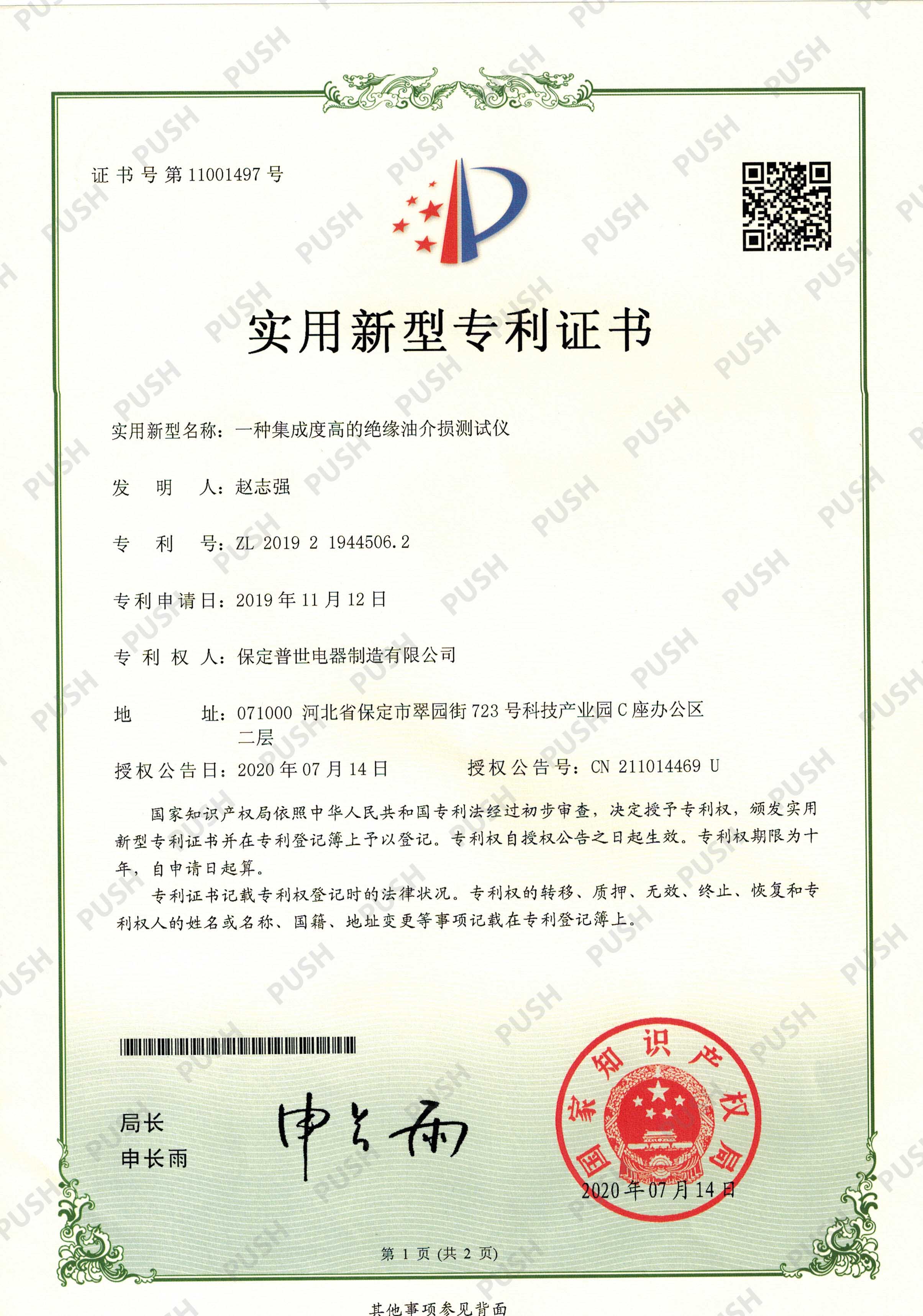 English
English



-
 Afrikaans
Afrikaans -
 Albanian
Albanian -
 Amharic
Amharic -
 Arabic
Arabic -
 Armenian
Armenian -
 Azerbaijani
Azerbaijani -
 Basque
Basque -
 Belarusian
Belarusian -
 Bengali
Bengali -
 Bosnian
Bosnian -
 Bulgarian
Bulgarian -
 Catalan
Catalan -
 Cebuano
Cebuano -
 China
China -
 China (Taiwan)
China (Taiwan) -
 Corsican
Corsican -
 Croatian
Croatian -
 Czech
Czech -
 Danish
Danish -
 Dutch
Dutch -
 English
English -
 Esperanto
Esperanto -
 Estonian
Estonian -
 Finnish
Finnish -
 French
French -
 Frisian
Frisian -
 Galician
Galician -
 Georgian
Georgian -
 German
German -
 Greek
Greek -
 Gujarati
Gujarati -
 Haitian Creole
Haitian Creole -
 hausa
hausa -
 hawaiian
hawaiian -
 Hebrew
Hebrew -
 Hindi
Hindi -
 Miao
Miao -
 Hungarian
Hungarian -
 Icelandic
Icelandic -
 igbo
igbo -
 Indonesian
Indonesian -
 irish
irish -
 Italian
Italian -
 Japanese
Japanese -
 Javanese
Javanese -
 Kannada
Kannada -
 kazakh
kazakh -
 Khmer
Khmer -
 Rwandese
Rwandese -
 Korean
Korean -
 Kurdish
Kurdish -
 Kyrgyz
Kyrgyz -
 Lao
Lao -
 Latin
Latin -
 Latvian
Latvian -
 Lithuanian
Lithuanian -
 Luxembourgish
Luxembourgish -
 Macedonian
Macedonian -
 Malgashi
Malgashi -
 Malay
Malay -
 Malayalam
Malayalam -
 Maltese
Maltese -
 Maori
Maori -
 Marathi
Marathi -
 Mongolian
Mongolian -
 Myanmar
Myanmar -
 Nepali
Nepali -
 Norwegian
Norwegian -
 Norwegian
Norwegian -
 Occitan
Occitan -
 Pashto
Pashto -
 Persian
Persian -
 Polish
Polish -
 Portuguese
Portuguese -
 Punjabi
Punjabi -
 Romanian
Romanian -
 Russian
Russian -
 Samoan
Samoan -
 Scottish Gaelic
Scottish Gaelic -
 Serbian
Serbian -
 Sesotho
Sesotho -
 Shona
Shona -
 Sindhi
Sindhi -
 Sinhala
Sinhala -
 Slovak
Slovak -
 Slovenian
Slovenian -
 Somali
Somali -
 Spanish
Spanish -
 Sundanese
Sundanese -
 Swahili
Swahili -
 Swedish
Swedish -
 Tagalog
Tagalog -
 Tajik
Tajik -
 Tamil
Tamil -
 Tatar
Tatar -
 Telugu
Telugu -
 Thai
Thai -
 Turkish
Turkish -
 Turkmen
Turkmen -
 Ukrainian
Ukrainian -
 Urdu
Urdu -
 Uighur
Uighur -
 Uzbek
Uzbek -
 Vietnamese
Vietnamese -
 Welsh
Welsh -
 Bantu
Bantu -
 Yiddish
Yiddish -
 Yoruba
Yoruba -
 Zulu
Zulu
Understanding the Various Phases in Gas Chromatography Techniques and Applications
Gas Chromatography Phases An Overview
Gas chromatography (GC) is a powerful analytical technique widely used for separating and analyzing compounds that can be vaporized without decomposition. It plays a crucial role in various fields, including environmental testing, food and beverage analysis, pharmaceuticals, and petrochemical industries. The heart of gas chromatography lies in its phases, which are primarily categorized into two types the stationary phase and the mobile phase. Understanding these phases is essential for optimizing the separation process and achieving accurate analytical results.
The Mobile Phase
In gas chromatography, the mobile phase refers to the carrier gas that transports the sample through the chromatographic column. Commonly used carrier gases include helium, nitrogen, and hydrogen. Each gas has distinct properties that affect the efficiency of the separation process.
Helium is the most widely used carrier gas due to its high efficiency, inertness, and ability to provide a stable flow rate. Nitrogen, on the other hand, is cost-effective and generally provides satisfactory performance, although it often requires longer analysis times compared to helium. Hydrogen offers the advantage of faster analysis times and higher sensitivity but must be handled with care due to its flammable nature.
The choice of carrier gas not only influences the resolution of the separated components but also affects the detector's response, retention times, and column temperatures. As a result, selecting the appropriate mobile phase is a critical step in method development for gas chromatography.
The Stationary Phase
gas chromatography phases

The stationary phase is a vital component of the chromatographic column, where the actual separation of compounds takes place. Unlike the mobile phase, which is gaseous, the stationary phase is typically a liquid or solid that is coated or packed within the column. The interaction between the sample components and the stationary phase dictates the efficiency of the separation process.
The stationary phase can be classified into two main types non-polar and polar phases. Non-polar stationary phases are effective for separating volatile compounds with similar boiling points by utilizing van der Waals forces and hydrophobic interactions. Common materials for non-polar phases include polysiloxane and polyethylene glycol. These phases are particularly useful for hydrocarbon analysis and non-polar organic compounds.
On the other hand, polar stationary phases are designed to interact favorably with polar compounds through dipole-dipole interactions, hydrogen bonding, and other specific interactions. Examples include polyethylene glycol and cellulose. Polar phases are often used in the analysis of alcohols, acids, and other polar analytes.
The choice of stationary phase directly affects the selectivity of the separation process. While a non-polar stationary phase may be ideal for separating non-polar compounds, it may not perform well for polar analytes. Therefore, the selection process must consider the chemical nature of the target compounds.
Conclusion
In gas chromatography, the mobile and stationary phases play integral roles in achieving effective separation and analysis of compounds. The carrier gas serves as the medium that conveys the sample through the column, while the stationary phase interacts with the sample components to generate separation based on their individual properties. The careful selection of both phases is crucial for optimizing chromatographic conditions and ensuring reproducible and reliable results.
As technology advances, new stationary phase materials and innovative approaches to developing more efficient and selective phases are continuously emerging. This ongoing evolution will further enhance the capabilities of gas chromatography, allowing for more complex mixtures to be analyzed with greater precision. The interplay between the mobile and stationary phases remains a fundamental aspect of this versatile analytical technique, highlighting its importance across different scientific disciplines.
-
Testing Equipment Industry Sees Major Advancements in 2025: Smart & Precision Technologies Lead the WayNewsJun.06,2025
-
Applications of Direct Current Generators in Renewable Energy SystemsNewsJun.05,2025
-
Hipot Tester Calibration and Accuracy GuidelinesNewsJun.05,2025
-
Digital Circuit Breaker Analyzer Features and BenefitsNewsJun.05,2025
-
Benefits of Real-Time Power Quality Monitoring Devices for Industrial EfficiencyNewsJun.05,2025
-
Earth Fault Loop Testing in High-Rise Building Electrical SystemsNewsJun.05,2025



